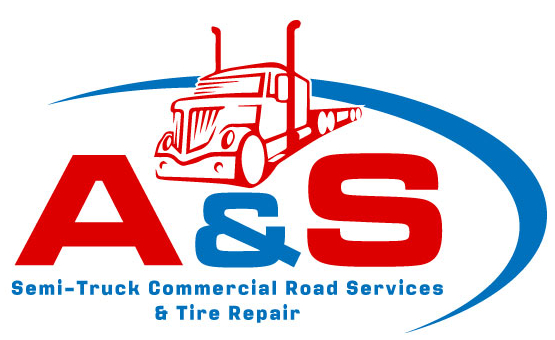Check your tire safety and maintenance checklist on a regular basis to identify and fix any of frequent problems that might affect your tires. The tires on your vehicle are subjected to greater wear and tear than practically any other part of the vehicle. They are in constant touch with the road and all of its components, which increases the risk that they may get worn, lose pressure, or be punctured. It is simple to check the condition of your tires for signs of damage or wear. How well you maintain your tires can determine how safe your semi-truck is, how well it performs, how efficiently it uses gasoline, and how much it will cost you to replace it. Checking your tires for these four crucial items can help keep you safe on the road. To guarantee that your vehicle has enough grip on the road, it is essential to have tires with an appropriate tread depth. Your tires should have a minimum safe tread depth of 2/32 of an inch, which is approximately equivalent to having enough tread that, when placed upside down between the ribs of your tire, totally covers Lincoln’s head on a cent. When accelerating or breaking, tread depth is a vital factor to consider for ensuring the driver’s safety, particularly in situations that are slick or wet. It is important that each of your tires has the appropriate amount of air pressure. Tires that are either under or over-inflated may result in irregular vehicle behavior and can have an effect on the vehicle’s handling and grip, all of which can be hazardous when driving. A ride that is smooth, improved grip, improved handling, and optimal fuel efficiency may all be achieved by maintaining the appropriate pressure in your tires. Maintaining your tires in accordance with the maintenance schedule that is prescribed by the tire manufacturer is essential to the performance of your tires. You may either follow the service intervals or pay attention to indicators of imbalance, misalignment, or early tire wear. Both of these options are available to you. Services such as tire rotation, wheel alignment, and tire balancing assist avoid uneven wear, which in turn extends the life of your tires and improves your vehicle’s fuel economy. Since your tires are constantly in contact with the pavement, it is natural for them to show signs of ordinary wear and tear over time. Perform routine checks on your tires. Be on the lookout for uneven wear and damage, such as cuts, bulges, fractures, or things such as nails, glass, or tiny pebbles that may be embedded in the material. If you discover any issues, you should have the tires fixed or replaced as soon as possible. If you maintain your tires in the manner that is recommended by the manufacturer of your vehicle, you will extend the amount of time that they are effective. Utilize the tire safety checklist that we provide, and do a visual inspection of each tire at least once every week. Get in touch with us as soon as possible if you discover that you need new tires or that your current tires require maintenance.

